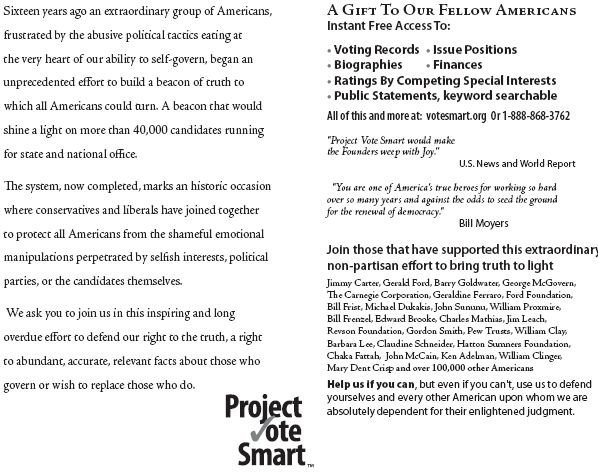The Environmental Protection Agency has decided to play cap-and-trade roulette with the U.S. economy by ruling that carbon dioxide is a dangerous pollutant that threatens the public and therefore must be regulated under the 1970 Clean Air Act. This so-called "endangerment finding" sets the clock ticking on a vast array of taxes and regulation that EPA will have the power to impose across the economy, and all with no political debate. This is a momentous decision that has the potential to affect the daily life of every American.
Peter Glaser, an environmental lawyer at Troutman Sanders, told Congress in 2008,"The country will experience years, if not decades, of regulatory agony, as EPA will be required to undertake numerous, controversial, time-consuming, expensive and difficult regulatory proceedings, all of which ultimately will be litigated."
The EPA has now opened this Pandora's box:
- The centerpiece of the Clean Air Act is something called the National Ambient Air Quality Standards (NAAQS) under which the EPA decides the appropriate atmospheric concentration of a given air pollutant.
- Under this law the states must adopt measures to meet a NAAQS goal, and the costs cannot be considered...
Under the Clean Air Act, the EPA also must regulate all "major" sources of emissions that emit more than 250 tons of an air pollutant in a year. That includes "any building, structure, facility or installation." This might be a reasonable threshold for conventional pollutants such as sulfur oxide (SOX) or nitrogen oxide (NOX), but it's extremely low for carbon.
Hundreds of thousands of currently unregulated sources will suddenly be subject to the EPA's preconstruction permitting and review, including schools, hospitals, malls, restaurants, farms and colleges. According to EPA, the average permit today takes 866 hours for a source to prepare, and 301 hours for EPA to process. So this regulatory burden will increase by several orders of magnitude...
READ MORE
[The time is now... > ]

"STOP THE GREEN LUNACY: NO CARBON CAP-AND-TAX"
House-Pelosi: http://speaker.house.gov/contact/
YOUR Congressman: https://forms.house.gov/wyr/welcome.shtml
or: Speed Message them with your personal distribution list...












No comments:
Post a Comment